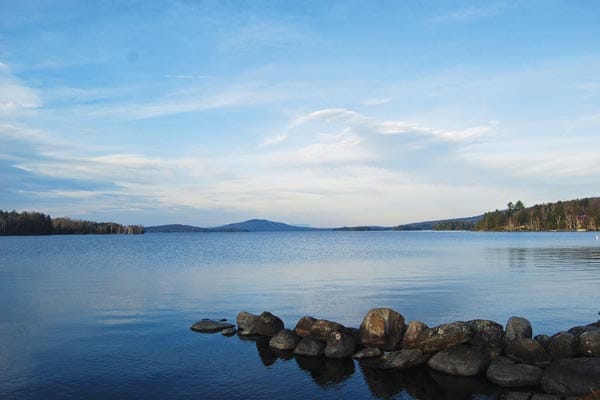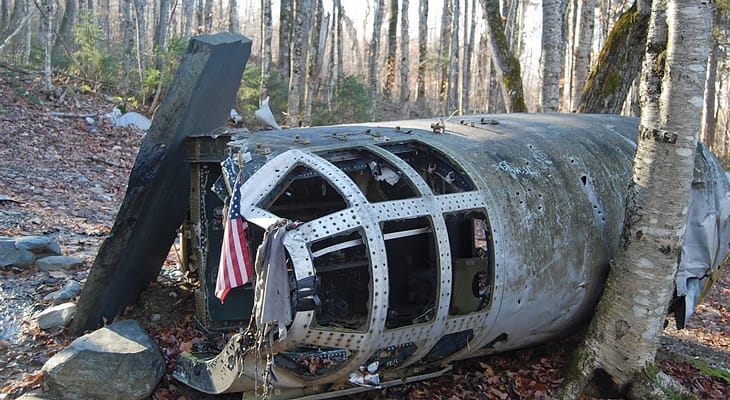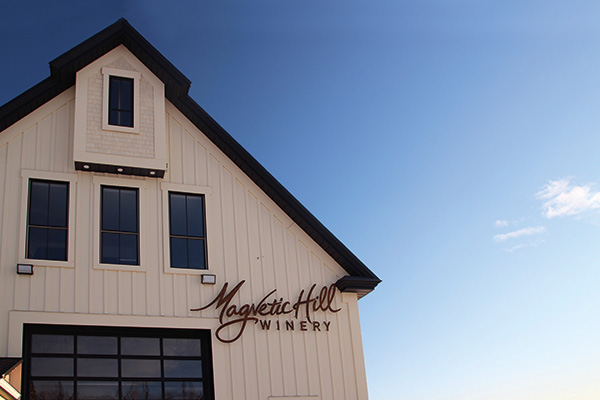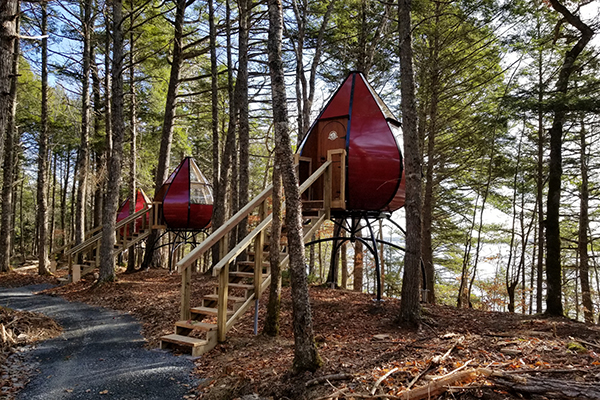Maritime Brewpub Circuit

Most vacationers to Maine head to the seashore in search of sand, saltwater taffy and lobster in legendary resort towns such as Bar Harbor, Kennebunkport or York Beach.
But a discerning few, in search a different type of vacation, head for the Great North Woods, of which the Moosehead Lake region is a part. Located deep in the Maine Highlands region, Moosehead is the largest lake in Maine and one of the largest natural lakes in the eastern United States. Its irregular shores are surrounded by mountains on all sides, including Mount Kineo’s 232-metre (760-foot) cliffs that plunge directly into the water. It is a deep lake, known for its world-class brook trout, togue (lake trout) and landlocked salmon fisheries. Finally, it is a historic lake that reflects Maine’s past as a fur-trading route, a lumbering centre and a tourist destination. On a recent visit, I was able to sample first-hand why this area is so popular with outdoor enthusiasts. Aboriginal people used Moosehead Lake as a gathering spot for thousands of years—particularly Mount Kineo, where they found a unique form of flint that was applied in tools and weapons up and down the eastern seaboard. Perhaps the first significant modern tourist was the great naturalist philosopher Henry David Thoreau, who first visited in 1846 and was deeply impressed. At the time of his visit, there was a tavern on Mount Kineo that had some overnight accommodation, and a few years later, the first of many hotels on Mount Kineo peninsula was opened. Each successive hotel was larger than the previous one; in the late 1800s, Mount Kineo House was the largest inland hotel in the country, catering to more than 500 guests—all this without a road. And, while the hotels are long gone, there are still great reasons to visit Mount Kineo. During the summer months, a commercial shuttle service takes visitors the short distance from Rockwood to the Mount Kineo wharf. The object for most visitors at that point is to get to the top—and to then climb the fire tower to get a 360° view. There are several hiking options—from the challenging Indian Trail that goes more or less straight up, to the gentler Bridle and Carriage Trails. All told, using the easiest trails, it is about an 8-kilometre (5-mile) return trip to the top and back. For those not inclined to hike, the nine-hole Mount Kineo Golf Course offers alternative recreation, with a scenic stroll along the base of the cliffs. Aside from the mandatory visit to Mount Kineo, there are many other hiking opportunities in the area, the most intriguing being a traverse of Gulf Hagas. This is where a 6.4-kilometre (4-mile) stretch of the Pleasant River turns decidedly unpleasant and drops more than 122 metres (400 feet) as it constricts itself into an increasingly narrow canyon that tumbles over one set of falls after another—until it reaches the ominously named “the Jaws,” where the canyon walls reach hundreds of feet in height. It may be hyperbole to call it the Grand Canyon of Maine, but it is a truly amazing natural wonder, deserving of its status as a national landmark. Until recently, Gulf Hagas was difficult to access; the only way in required hikers to wade through the knee-deep waters of the Pleasant River below the Gulf. However, a northern entrance has opened up that can be accessed through Greenville, the principal town on Moosehead Lake. A new bridge crosses the Pleasant River above the Gulf and it is a pleasant 2.1-kilometre (1.3-mile) walk to the beginning of the Rim Trail, which follows the northern rim of Gulf Hagas (for what was, for me, probably the most rugged hike I had undertaken in many years).
However, the rewards more than compensated as I marvelled at one great waterfall after another. Above the Jaws, there was a vertigo-inducing view of the raging river hundreds of feet below. Fortunately, it is not necessary to traverse the entire length of the Rim Trail if you don’t feel up to it. There are side trails back to the relatively easy Pleasant River Tote Road after Buttermilk Falls and after the Jaws.
Another interesting (and emotionally moving) trail leads to the 1963 crash site of a B-52 bomber on the side of Elephant Mountain, not far from Greenville. The debris from the plane wreck, which is strewn over a great area, has been left as a memorial to those members of the crew who lost their lives. It is not something you will soon forget.
The last “must do” in Moosehead Lake is to take a cruise on the steamship Katahdin, or “the Kate” as locals call her. Built in 1914, this steamship has had a varied career, and now takes passengers on cruises up the lake and to view Mount Kineo.
Until recently, Gulf Hagas was difficult to access; the only way in required hikers to wade through the knee-deep waters of the Pleasant River below the Gulf. However, a northern entrance has opened up that can be accessed through Greenville, the principal town on Moosehead Lake. A new bridge crosses the Pleasant River above the Gulf and it is a pleasant 2.1-kilometre (1.3-mile) walk to the beginning of the Rim Trail, which follows the northern rim of Gulf Hagas (for what was, for me, probably the most rugged hike I had undertaken in many years).
However, the rewards more than compensated as I marvelled at one great waterfall after another. Above the Jaws, there was a vertigo-inducing view of the raging river hundreds of feet below. Fortunately, it is not necessary to traverse the entire length of the Rim Trail if you don’t feel up to it. There are side trails back to the relatively easy Pleasant River Tote Road after Buttermilk Falls and after the Jaws.
Another interesting (and emotionally moving) trail leads to the 1963 crash site of a B-52 bomber on the side of Elephant Mountain, not far from Greenville. The debris from the plane wreck, which is strewn over a great area, has been left as a memorial to those members of the crew who lost their lives. It is not something you will soon forget.
The last “must do” in Moosehead Lake is to take a cruise on the steamship Katahdin, or “the Kate” as locals call her. Built in 1914, this steamship has had a varied career, and now takes passengers on cruises up the lake and to view Mount Kineo.
Information to help you plan a trip to the Moosehead Lake area can be found at mooseheadlake.org.



